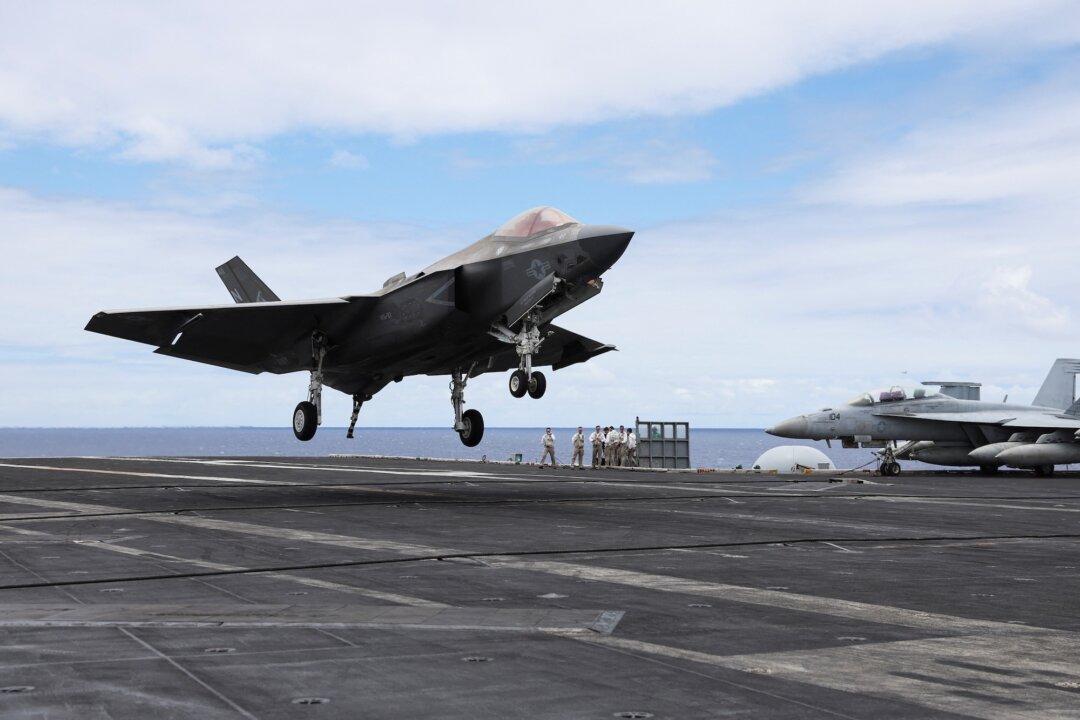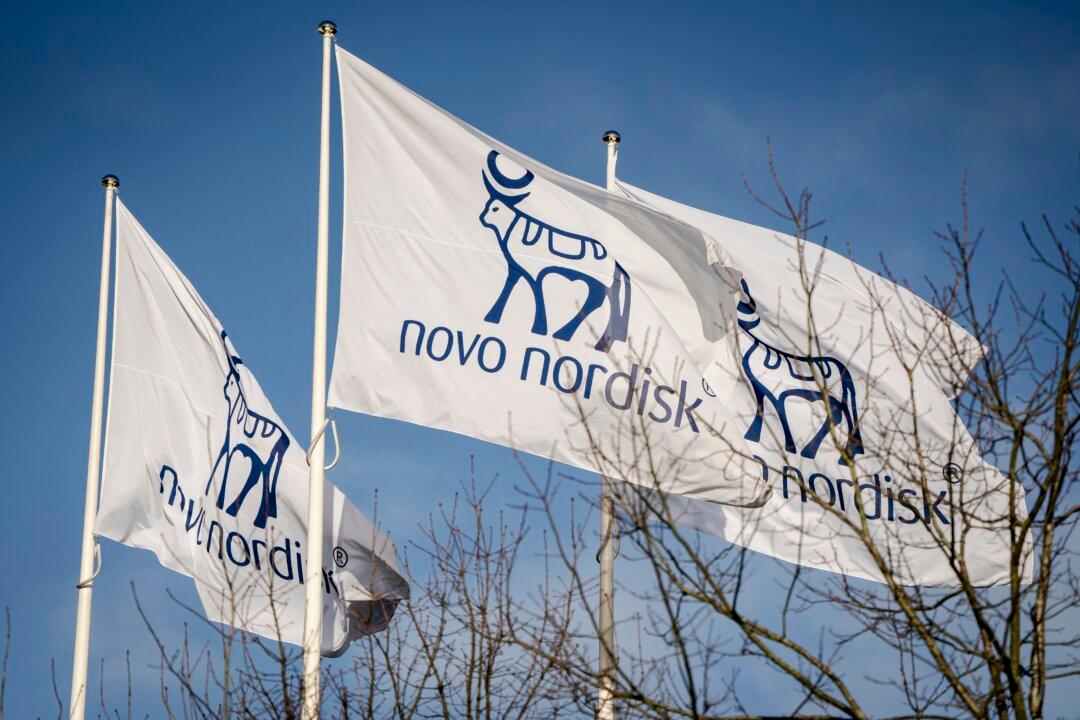The United States has resumed making deliveries of F-35 jet fighters with an interim upgrade after a months-long pause because of software delays, according to U.S. military officials.
The F-35 Joint Program Office (JPO) and Lockheed Martin, which is the prime contractor for the F-35 Lightning II, jointly said in a July 19 statement that deliveries of the first Technology Refresh-3 (TR-3) configured F-35 aircraft have begun.





